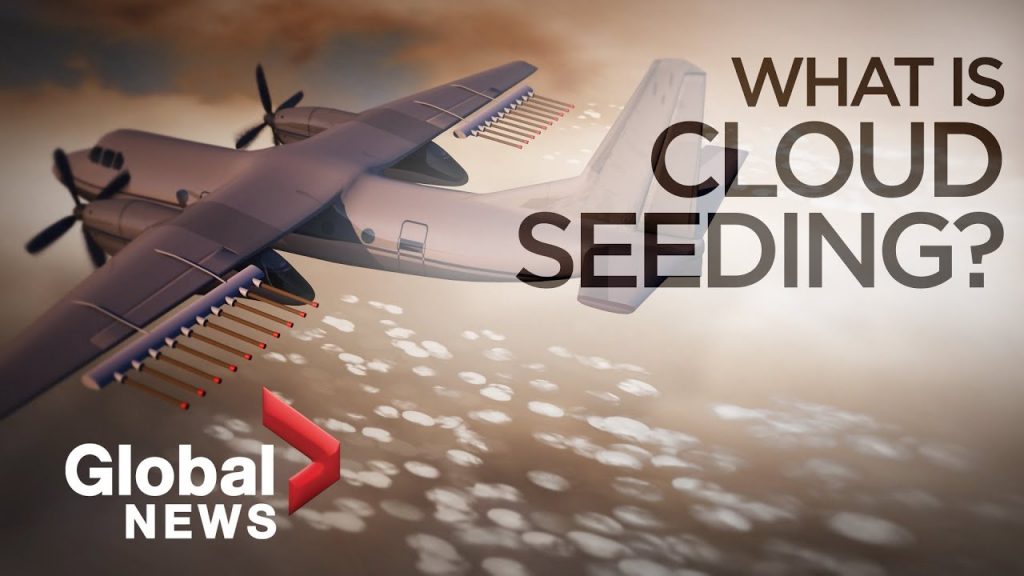
Introduction To This Article:
Cloud seeding is a smart way to make more rain in certain places. Moreover, scientists use special materials in the clouds to help raindrops or snowflakes form. This helps make more waterfalls from the clouds. They do this to manage water better and tackle droughts. In simple terms, cloud seeding is like giving clouds a little help to produce more rain. In this article, we explore the story, the ways it’s done, how well it works, the good things about it, the not-so-good things, and the possible problems with it.
Key Points About Cloud Seeding
-
Historical Roots:
Cloud seeding has been in use since the 1940s and has diverse applications, including increasing precipitation, preventing hailstorms, dissipating airport fog, combating forest fires, and even diverting rainfall.
-
Methods of Seeding:
Cloud seeding employs multiple methods, including aerial, ground-based, and rocket-based seeding. The most common method involves aircraft carrying silver iodide to disperse into the clouds.
-
Effectiveness Debate:
The effectiveness of cloud seeding remains a subject of scientific debate. Some studies suggest it can increase precipitation by up to 10%, while others find no significant impact on rainfall.
-
Beneficial Applications:
Furthermore, Cloud seeding is employed worldwide to enhance winter snowfall and bolster mountain snowpack. It serves as an additional water source for communities, with successful projects leading to notable increases in snowfall, as seen in the Snowy Mountains of New South Wales, Australia.
-
Limitations:
Cloud seeding depends on moisture-laden clouds, rendering it ineffective during dry winters characterized by prolonged periods of no storm activity. Additionally, it is not recommended during heightened flood risk or when holiday travel is at its peak.
-
Potential Risks:
While cloud seeding is generally considered safe, concerns have been raised about the use of silver iodide. Furthermore, people have raised questions about its impact on human health and the environment, leading to the need for ongoing scrutiny.
Conclusion
In conclusion, It’s a weather modification technique dating back to the 1940s, is vital in augmenting precipitation and supplementing water resources in various regions. Despite ongoing debates about its effectiveness and some potential risks, cloud seeding remains a valuable tool for managing water resources, particularly in areas grappling with drought or water scarcity. However, its applications extend beyond precipitation enhancement, serving multiple purposes in meteorology and water resource management.
Learn More – Information Courtesy
